
Ted Parker is a student at Harvard Law School and a member of the Labor and Employment Lab.
Last November, rideshare drivers in Massachusetts won the right to unionize.
The ballot initiative that secured this right, Question 3, attempts to solve a fundamental problem posed by the nature of gig work. As independent contractors, rideshare drivers do not enjoy the rights and protections that the National Labor Relations Act (NLRA) grants to employees.
In a way, these workers are living out of time, subject to the same anti-union legal regime as workers in the early twentieth century. Because the great strides in unionization in this country occurred after, and as a result of, the NLRA, it’s no wonder that rideshare drivers, excluded from the NLRA, have not been able to unionize. Until now.
But Question 3 raises fundamental disagreements about the best way out of this situation. The Massachusetts law does not reclassify drivers as employees, making them beneficiaries of the NLRA. Under Question 3, rideshare drivers remain independent contractors—only now they have collective bargaining rights, “blur[ring]” the familiar distinction between independent contractors and employees.
For some, this is a mistake. “Workers are either employed by a company or they aren’t,” said Teamsters General President Sean O’Brien. “There is no ‘third way.’” On this view, solutions that stop short of reclassification for the purpose of NLRA coverage needlessly accommodate the interests of rideshare companies. “We should not be changing our laws in support of greedy corporations that want to deny full employment rights to workers.”
For this group, a half-way solution may be worse than the status quo. If you believe rideshare drivers are misclassified as independent contractors for the purposes of the NLRA, then the status quo is illegal. A solution that leaves this basic illegality in place but makes it less objectionable by treating its symptoms could be counterproductive.
In this connection, opponents of the ballot measure point out that Uber and Lyft chose not to campaign against Question 3 (though the referendum was not unopposed). In marked contrast to their approach to California’s Proposition 22, where rideshare companies poured over over $200 million into a successful campaign against reclassification, in Massachusetts they allegedly spent $0 opposing Question 3. At the same time, they put considerable resources into fighting a high-profile legal battle to avoid driver reclassification in Massachusetts, ultimately agreeing to a $175 settlement.
Together, opponents argue that these facts suggest Uber and Lyft will dig deep to prevent reclassification but not to defeat Question 3-style laws. Assuming that rideshare companies are economically rational actors, perhaps they have calculated that reclassification is a bigger threat to their bottom line. That doesn’t mean Question 3 poses no threat, but it does raise questions. Are rideshare companies not worried about the concessions this type of union could extract? Do they doubt a union will be certified in the first place? Are they counting on a legal challenge or a legislative amendment to neutralize the law? Or perhaps they just didn’t think the referendum would pass (the final tally was 54.1% to 45.9%).
On the other side, supporters of Question 3, who include Service Employees International Union Local 32BJ, the International Association of Machinists, and a slew of progressive politicians, can point to strong arguments in its favor.
First, the experience of Prop 22 and the recent legal fight in Massachusetts suggest that reclassification may be an unrealistic goal. Why let the perfect be the enemy of the good? On this view, “blurring” the distinction between employees and independent contractors is an improvement.
Second, the NLRA isn’t exactly “the perfect”—especially these days and especially as applied to the unique challenges that organizing rideshare drivers poses. For this reason, Question 3 does not simply replicate the NLRA in miniature but adapts itself to the particular context of rideshare drivers. In fact, thinking through how rideshare drivers would fare under the NLRA’s “one size fits all” process helps motivate some of the provisions of Question 3.
For instance, if drivers had to unionize under the NLRA, they would first have to pick a bargaining unit. But in a shifting network of drivers stretching across the state, what makes sense as a discrete unit? And since many drivers work for both Uber and Lyft (among other companies), would every employee have to be in two (or more) unions?
These impracticalities explain why Question 3 embraces sectoral bargaining. Under this regime, once the drivers form a union, that union will represent all the drivers in the state, no matter what rideshare company they work for. (Rideshare companies can also team up to simplify the negotiations.) This will put the drivers in a vastly superior bargaining position than if they had to incrementally organize smaller units of drivers or even company by company, as is the norm under the NLRA.
Under the NLRA, organizers would next have to get the support of 30% of drivers in a bargaining unit before being able to call an election. But how do organizers reach that 30%? For rideshare drivers, there is no workplace where everyone congregates. The closest equivalent is the airport parking lot, where many drivers wait to get a ride request. But to even encounter 30% of drivers there, much less to convince that 30%, could be a prohibitively high bar. Additionally, driver turnover is high. By the time 30% is convinced, those drivers may have moved on, a new cohort taking their place. Part-timers also pose a problem.
For these reasons, Question 3 requires that the would-be union collect signatures from only 5% of Active Drivers (defined as those that have completed more than the median number of rides in the last six months). That is a much more plausible bar to clear, given that rideshare drivers are quite literally a moving target, in time and in space.
Finally, if drivers attempted card check under the NLRA, they would need cards from more than 50% of all drivers in the unit, a potentially insurmountable challenge for organizers. And Uber and Lyft would have the right to reject a union demand based on cards. Once again, Question 3’s ask is more feasible: signatures from 25% of drivers, coupled with a requirement that the companies respect a demand for recognition based on cards.
Viewed from this perspective, Question 3 is an improvement on the NLRA. If reclassification was about getting access to the NLRA’s process and Question 3’s process is better suited to rideshare drivers anyway, then maybe reclassification is just a means to a worse end. (Of course, employee status grants other benefits from other statutes, some of which were secured in the recent legal settlement.)
For now, Question 3 is being celebrated as a win. Other states are paying attention. Last month, Minnesota Democrats proposed a law consciously “modeled” on Question 3. SEIU Minnesota State Council declared, “Drivers organized in Massachusetts, and we’re next!” The next week, SEIU 32BJ held a webinar, sponsored by Representative Ilhan Omar, bringing together drivers and organizers from Massachusetts, Minnesota, Illinois, and California.
But as other states consider laws modeled on Question 3, the Massachusetts law is still in an experimental phase. Four months on, drivers are waiting to see if a union will secure 25% support and become their exclusive bargaining representative. If one does, it could be a groundbreaking proof of concept for a new model of sectoral bargaining for gig workers.
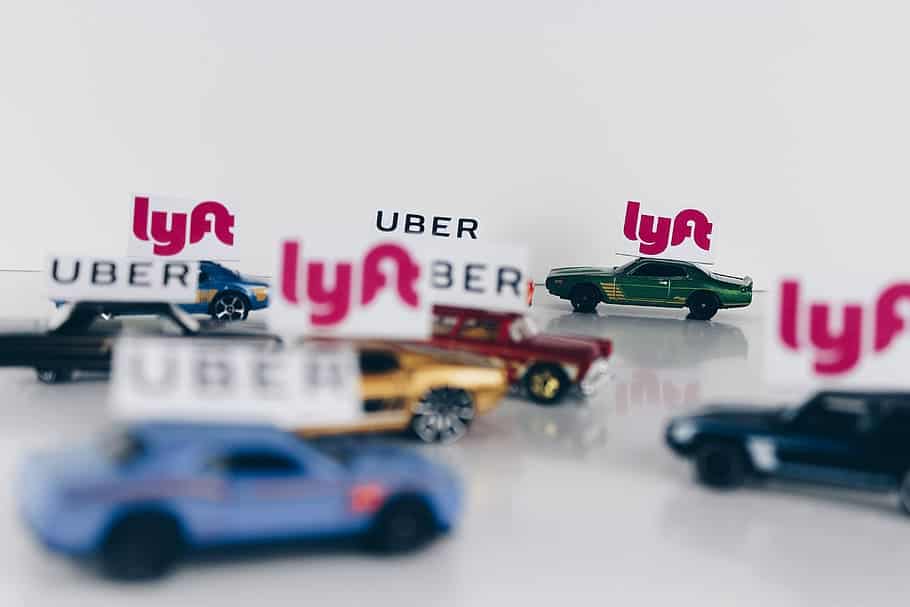
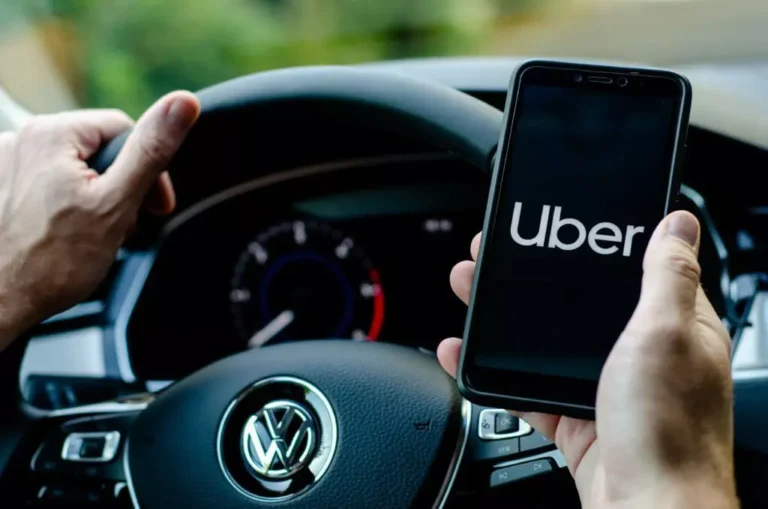
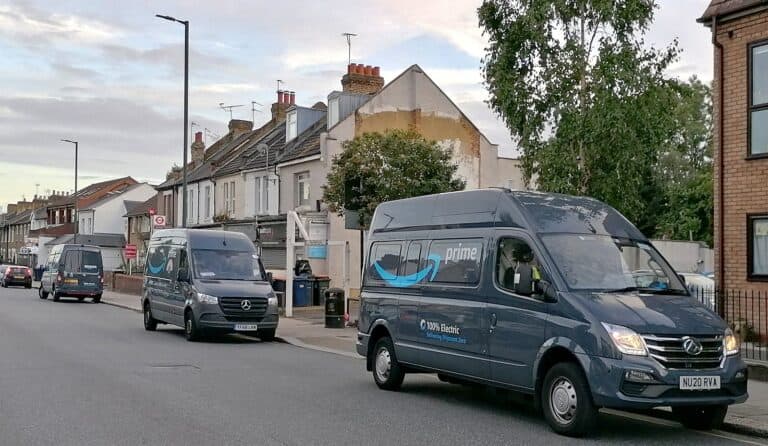
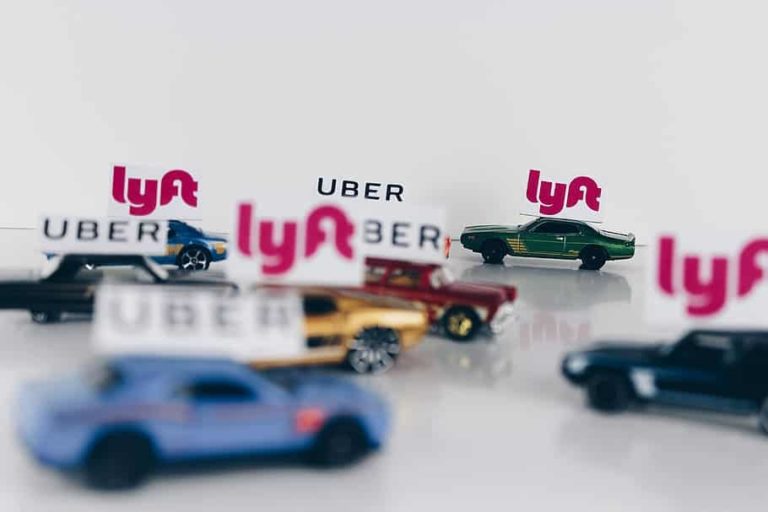

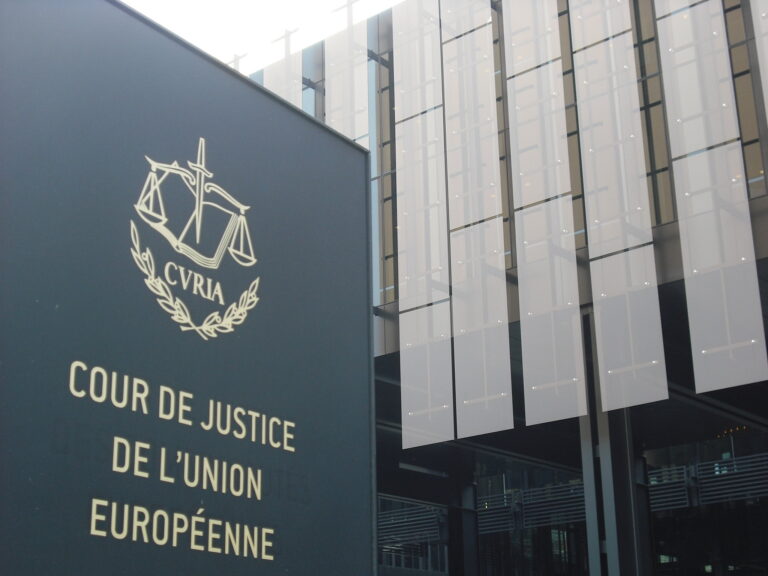




Daily News & Commentary
Start your day with our roundup of the latest labor developments. See all
December 19
Labor law professors file an amici curiae and the NLRB regains quorum.
December 18
New Jersey adopts disparate impact rules; Teamsters oppose railroad merger; court pauses more shutdown layoffs.
December 17
The TSA suspends a labor union representing 47,000 officers for a second time; the Trump administration seeks to recruit over 1,000 artificial intelligence experts to the federal workforce; and the New York Times reports on the tumultuous changes that U.S. labor relations has seen over the past year.
December 16
Second Circuit affirms dismissal of former collegiate athletes’ antitrust suit; UPS will invest $120 million in truck-unloading robots; Sharon Block argues there are reasons for optimism about labor’s future.
December 15
Advocating a private right of action for the NLRA, 11th Circuit criticizes McDonnell Douglas, Congress considers amending WARN Act.
December 12
OH vetoes bill weakening child labor protections; UT repeals public-sector bargaining ban; SCOTUS takes up case on post-arbitration award jurisdiction